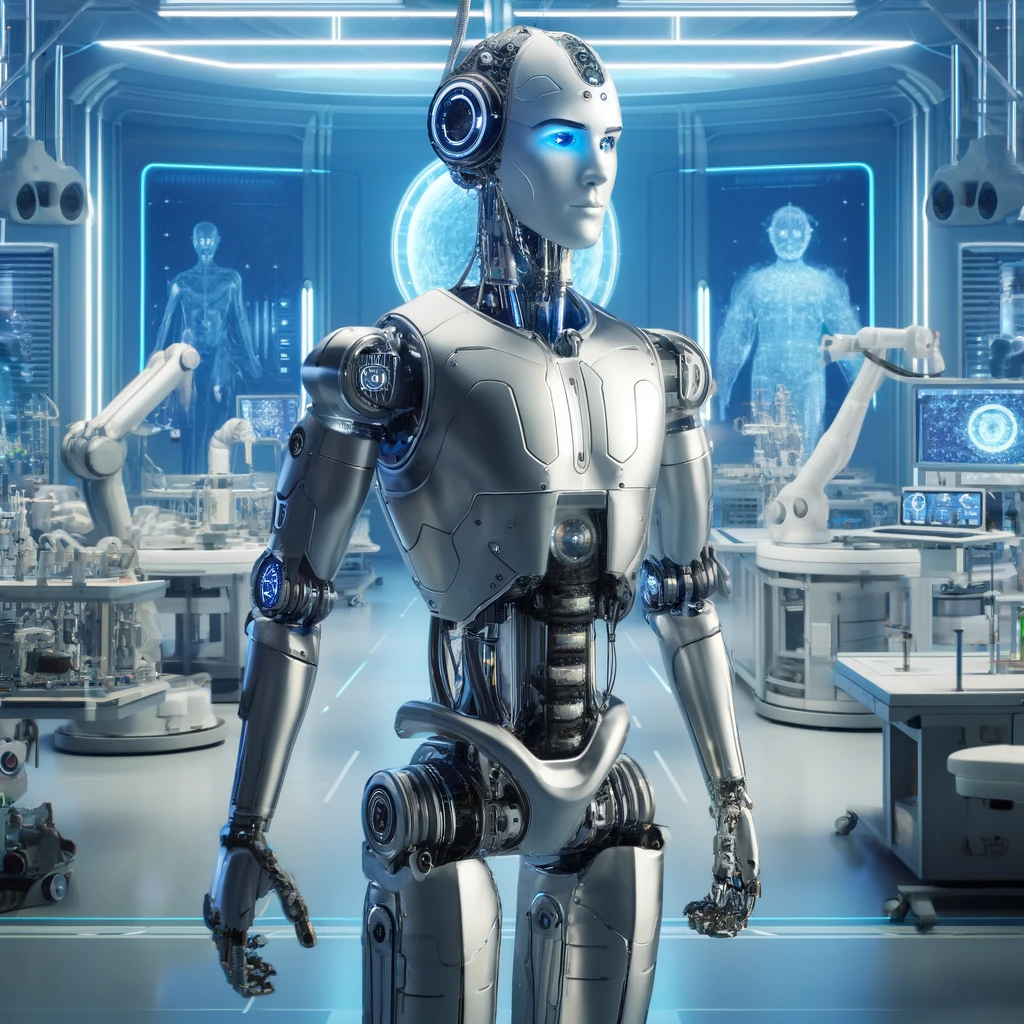Physical Address
304 North Cardinal St.
Dorchester Center, MA 02124
Physical Address
304 North Cardinal St.
Dorchester Center, MA 02124

Explore the latest and best robots in 2025, including AI-powered humanoid robots, surgical robots for precision healthcare, and advanced industrial cobots revolutionizing automation. From Tesla Optimus Gen 2 and Boston Dynamics Atlas to da Vinci 5 surgical system and Universal Robots UR3, discover cutting-edge robotics innovations shaping the future of technology and industry.
The robotics industry in 2025 is experiencing unparalleled growth, driven by advances in artificial intelligence (AI), machine learning (ML), and autonomous systems. Robots are now deeply integrated into daily life, transforming industries such as manufacturing, healthcare, logistics, and even domestic assistance. As companies push the boundaries of robotic capabilities, the latest and best robots are defined by their technological sophistication, real-world applicability, and market impact.
This in-depth report highlights the leading robotic innovations of 2025 across three key categories: humanoid robots, surgical robots, and industrial robots. We analyze their features, applications, and future implications, while optimizing for search engine ranking and inclusion in Google’s featured snippets and AI-powered search responses.
Humanoid robots are designed to mimic human form and function, performing tasks that require mobility, dexterity, and interaction. These robots are being deployed across industries, from logistics and manufacturing to personal assistance.
Tesla’s Optimus was first introduced in 2021, with a working prototype revealed in 2022. The 2024 second-generation model brought significant enhancements, including a 10 kg reduction in weight, improved speed, and more precise hand movements. By 2025, Tesla has initiated limited production of over 1,000 units, primarily for internal use in Tesla factories. Optimus has demonstrated its ability to perform routine tasks such as assembly line operations, material handling, and even household chores like watering plants and retrieving packages. With an estimated price of $30,000, Tesla’s long-term goal is to scale production for widespread adoption.
Sources: Interesting Engineering: Top 10 Humanoid Robots of 2025, Humanoid Robotics Technology: Top 12 Humanoid Robots of 2025
Boston Dynamics, renowned for its cutting-edge robotics, retired its hydraulic Atlas robot in 2024 in favor of an all-electric version. This new Atlas model leverages reinforcement learning, allowing it to independently navigate environments and manipulate objects with minimal human intervention. It has already demonstrated capabilities in factory settings, efficiently moving and assembling components. With partnerships such as the Robotics & AI Institute, Atlas continues to push the boundaries of humanoid robotics.
Sources: Boston Dynamics: An Electric New Era for Atlas, Visual Capitalist: Visualizing the Current Generation of Humanoid Robots
Figure AI’s Figure 01 is a general-purpose humanoid robot with a focus on adaptability. It is designed to integrate into industrial environments, performing repetitive tasks and assisting in logistics. While its capabilities are still evolving, it remains a key player in the next generation of AI-driven humanoid robotics.
Sources: Visual Capitalist: Visualizing the Current Generation of Humanoid Robots
Surgical robotics is revolutionizing the medical field by enhancing precision, reducing recovery times, and expanding minimally invasive procedures.
The da Vinci 5, which received FDA clearance in 2024, is the latest iteration of Intuitive Surgical’s widely used robotic-assisted surgery platform. Featuring enhanced force feedback, vibration control, and a high-resolution 3D display, it enables greater precision in minimally invasive procedures. As of 2025, it is in limited rollout, with a full launch planned by year-end.
Sources: MassDevice: Top 10 Surgical Robotics Stories of 2024, Forbes: The Future of Surgical Robotics
Medtronic’s Hugo RAS (Robotic-Assisted Surgery) is preparing to enter the U.S. market in 2025, targeting procedures such as urology, gynecology, and hernia repair. While it faces stiff competition from Intuitive Surgical, its modular design and cost-effectiveness could give it a competitive edge.
Sources: MedTech Dive: 4 Robotic Surgery Trends to Watch in 2025
Industrial robots, especially collaborative robots (cobots), are reshaping manufacturing with AI integration, improving productivity, and worker safety.
The UR3 is a leading cobot capable of performing delicate industrial tasks such as soldering, gluing, and precision assembly. In 2025, it has been upgraded with 5G capabilities and high-performance computing, making it more responsive and adaptable to real-time industrial demands.
Sources: ECPI University: 7 Latest Innovations in Robotics, StartUs Insights: Top 10 Robotics Trends & Innovations in 2025
| Robot | Category | Key Features | Applications | 2025 Developments |
|---|---|---|---|---|
| Tesla Optimus (Gen 2) | Humanoid | AI-driven, versatile, domestic and industrial tasks | Manufacturing, logistics, household | Limited production (1,000+ units) |
| Boston Dynamics Atlas | Humanoid | Electric, autonomous perception, advanced manipulation | Warehousing, logistics, manufacturing | Enhanced reinforcement learning |
| Figure AI Figure 01 | Humanoid | AI adaptability, industrial focus | Industrial automation | Expanded applications |
| da Vinci 5 | Surgical | Advanced force feedback, 3D display | Cardiac, urology, gynecology | Full rollout expected |
| Medtronic Hugo RAS | Surgical | Modular design, AI precision | Urology, hernia, gynecology | FDA approval expected |
| Universal Robots UR3 | Industrial | AI-enhanced automation, real-time adaptability | Manufacturing, automation | Integrated 5G and HPC |
The latest and best robots in 2025 demonstrate significant advancements in AI, automation, and real-world applications. Humanoid robots like Tesla Optimus and Boston Dynamics Atlas are pushing the boundaries of mobility and adaptability. Surgical robots such as the da Vinci 5 and Hugo RAS are revolutionizing healthcare. Meanwhile, industrial robots like the UR3 are optimizing manufacturing efficiency.
As robotics continues to evolve, these technologies will shape the future, creating new opportunities and challenges across industries.